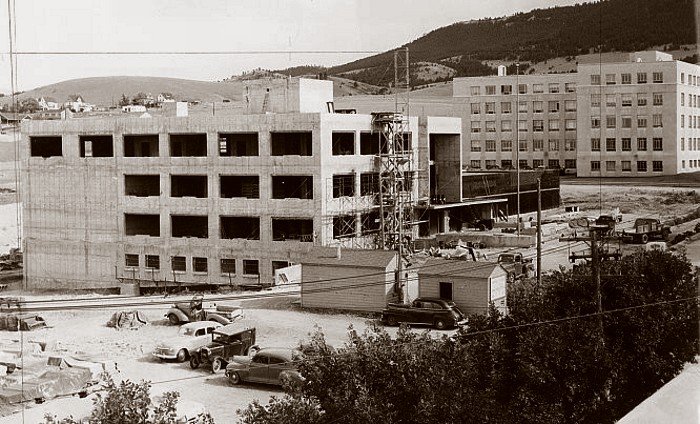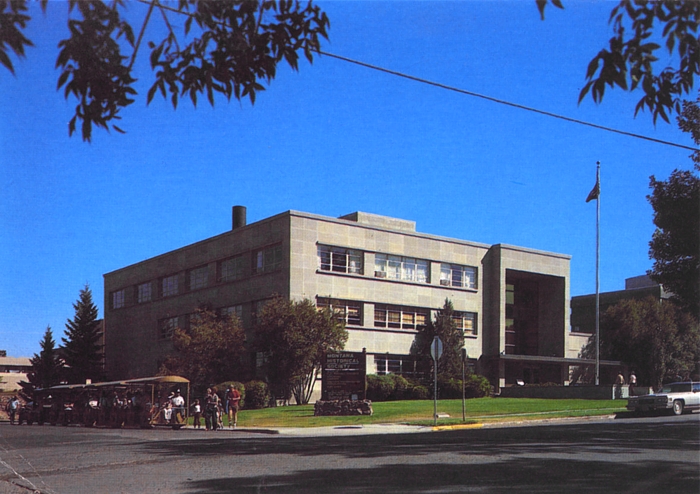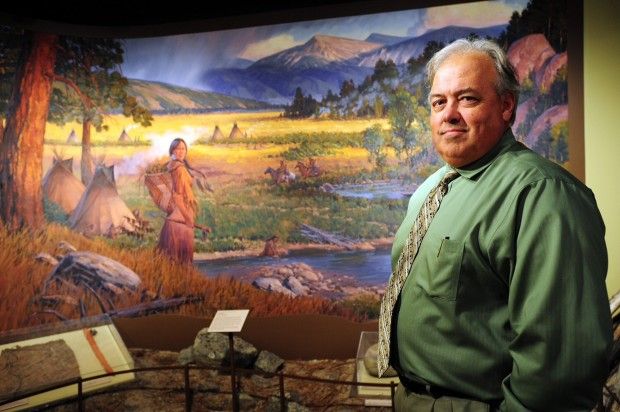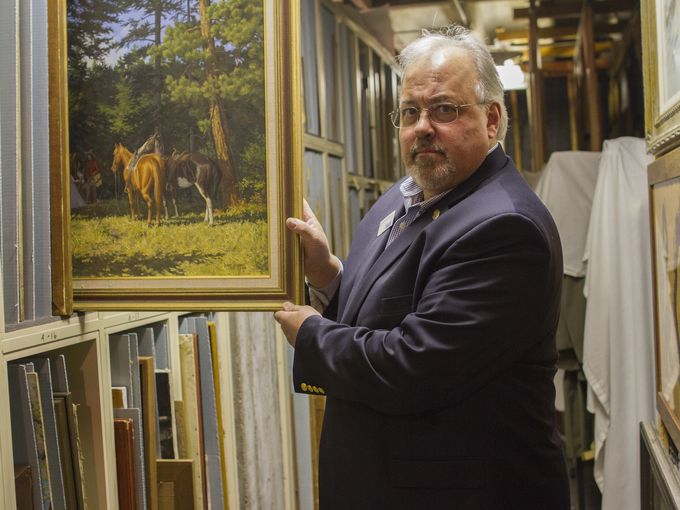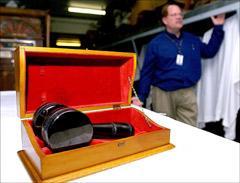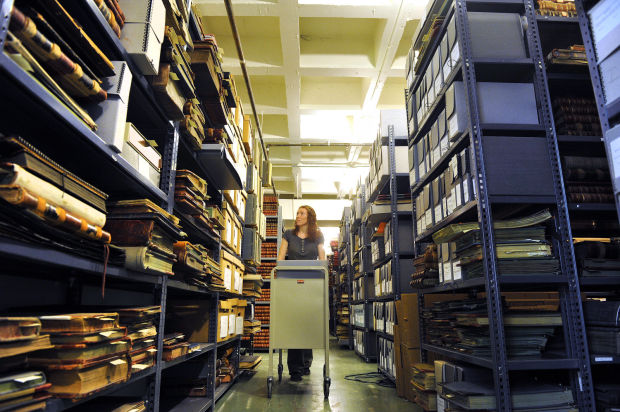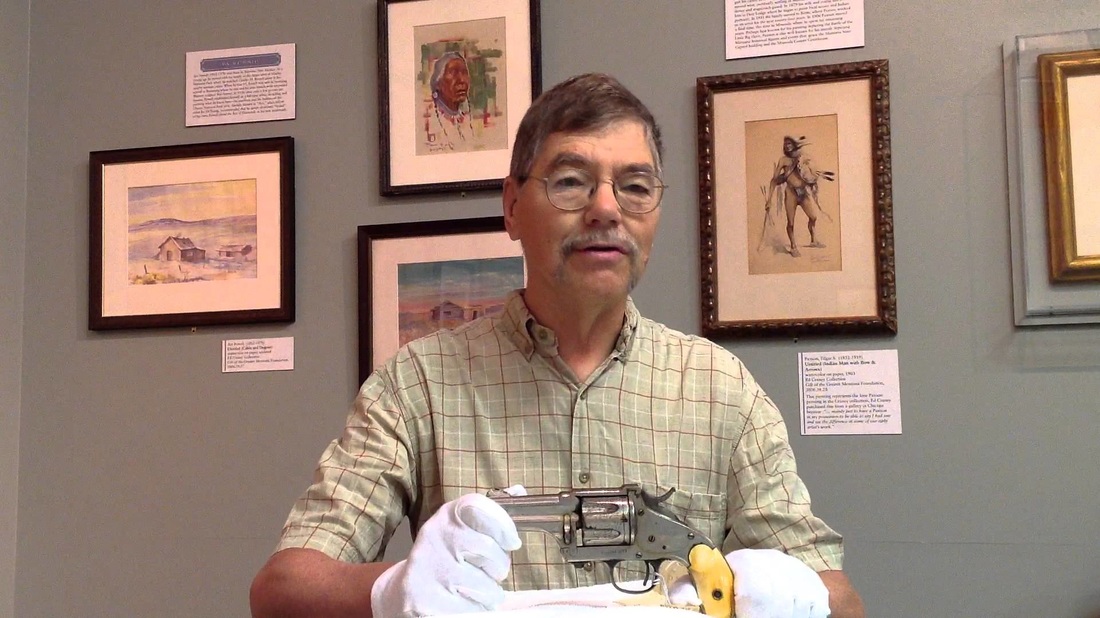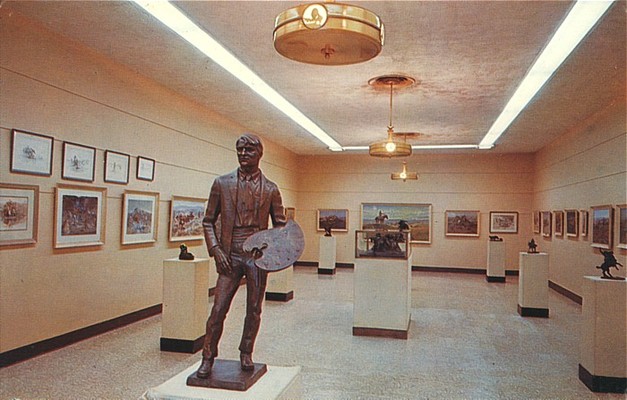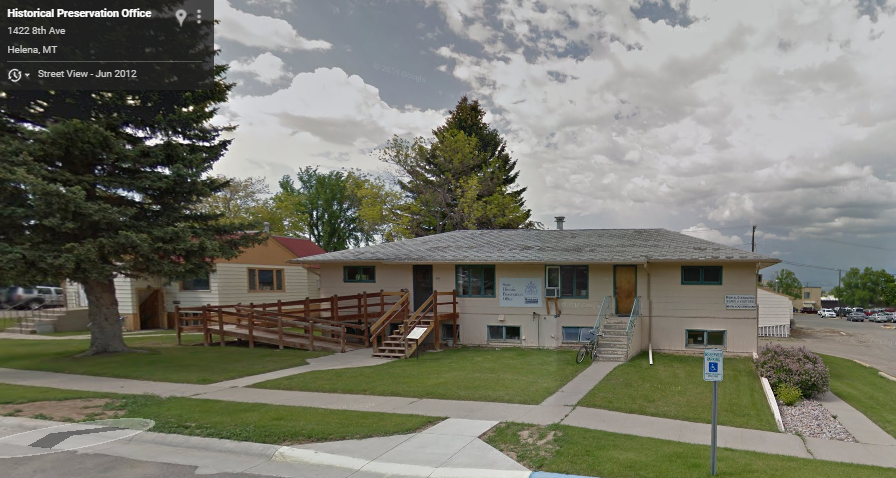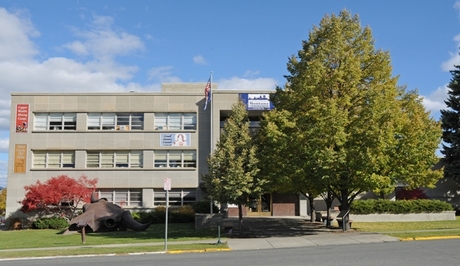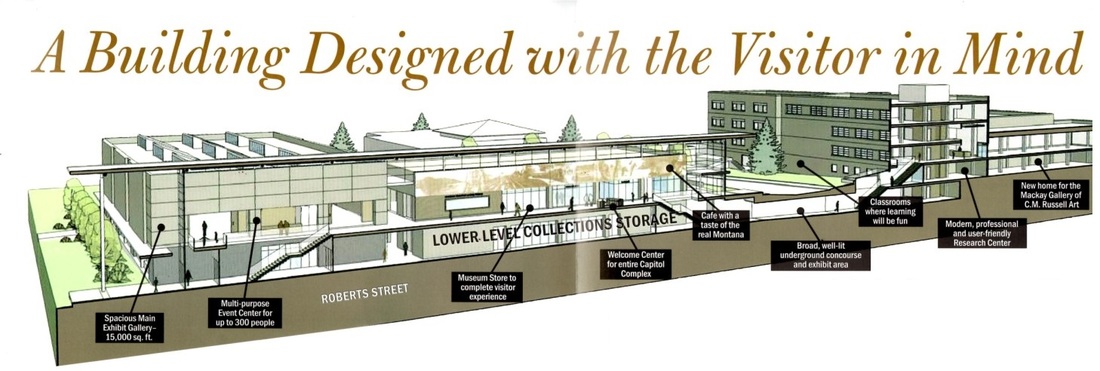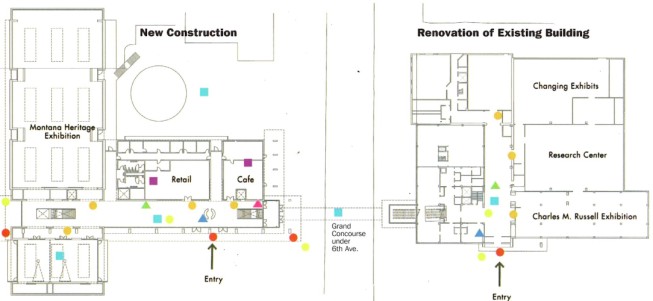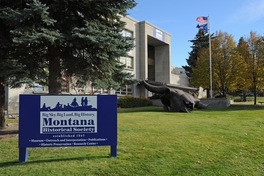
We’re going to take a look at the institution’s history today, as well as its current historical and political concerns. We’ll also look at the proposed Montana Heritage Center, the new building that’s been sought for quite some time now.
I hope this series of posts will give you a greater appreciation and understanding of the Montana Historical Society, and the direction it has taken and may take yet.
The Montana Historical Society’s Early History
Some big Montana names had a part in bringing the society about, including:
- Christopher P. Higgins;
- John Owens;
- James Stuart;
- Granville Stuart;
- Wilbur Fiske Sanders;
- Malcolm Clark.
Higgins would go on to pretty much start up Missoula with a few other men, while John Owens would stick near the fort that bore his name around Deer Lodge (unless I’m thinking of John Owen). The Stuart brothers had a long history in the state, and would continue to have influence. Malcolm Clark was killed in August 1869, something that spurred the Marias Massacre.
The society got to work, gathering records and making collections. Those records were housed in Virginia City, until the decision was made to move them to Helena. Unfortunately, that very year all of their work was destroyed in the Helena fire of 1874 that tore through the downtown area, where the Montana Historical Society was then located. It wasn’t as bad as it sounds, as “the Society contacted many of the original pioneers” shortly after the fire, according to the Montana Historical Society Board of Trustees records, 1865-2006, “and obtained replacement reminiscences, diaries, and letters.”
To ensure that fire did not strike again, the new collections were stored in the stone Lewis and Clark County Courthouse beginning in 1886. When the Montana State Capitol was finished in 1902, the collection moved there.
By that time the society was called “The Historical and Miscellaneous Library,” a name given to it by the legislature in 1895 and not changed back until 1923. It wasn’t until 1963 that the Historical Society of Montana got the name we know it as today, the Montana Historical Society.
K. Ross Toole’s Historical Society
Toole reinvigorated that state agency. He started up The Montana Magazine, which became Montana: The Magazine of Western History in 1953, something that actually got history into people’s hands. Before that there’d only been the Contributions to the Historical Society of Montana, ten volumes that appeared from 1876 to 1941, or one volume every six and a half years.
The society had become a state agency in 1891. Up to that point the society only had a five-member board, the most powerful of which was arguably the Librarian, but when it became a state agency a Board of Trustees was appointed by the governor. In 1949 that Board grew to fifteen members, and to further complicate matters, an Executive Board is created from those fifteen members, which consists of “President, Vice President, and three additional Board members.”
Still, “during most of its existence, the Board has played a secondary role, leaving the active management of the Society to the paid staff.” That staff did a wonderful job under the direction of Toole until he retired in 1958. Why’d he retire? Primarily the fact that he was tired of fighting the Montana Legislature for funding. What’s more, raising funds had become increasingly difficult. “His espousal of liberal causes in Montana Opinion had earned him the enmity of a cadre of legislators, trustees, and the public,” historian Harry Fritz also tells us.
The Montana Historical Society after Toole
- Michael Kennedy, who had big shoes to fill when he took over, though he held the job until 1966.
- Sam Gilluly and his able hand guided the society until 1974.
- Ken Korte came in until 1979.
- Robert Archibald was director for ten years, until 1989.
- Larry Sommer had the job until 1992.
- Brian Cockhill directed the society until 1998.
- Arnold Olsen took charge until 2006, no relation to the former U.S. House rep, I believe.
- Richard Sims led the society until 2010.
- Former Montana Secretary of State Mike Cooney became interim director for ten months until 2011. The position had been offered to Hugh Ambrose, the famous historian’s son.
Currently the Montana Historical Society is directed by Bruce Whittenberg, who took over in September 2011. Prior to that he was executive director of Leadership Montana, Inc., “which trains leaders across Montana, and runs his own consulting group,” the Billings Gazette reported. He was also working at MSU Billings as “director of its Center for Business Enterprise.” Until his appointment, he’d “never dreamed of being director.”
The Montana Historical Society’s Historical Concerns
This is obvious to me when I enter the Research Center, dig around in files, and find nothing new, or a mere newspaper cutting from decades ago. The Yellowstone Pipeline folder in the Research Center is a prime example of this, and I discussed it a bit in that article this week.
In that folder you’ll find a 1955 newspaper cutting talking about the Helena refineries. Nothing else on this vital subject for Montana’s current business, environmental, and political climate is to be found.
A couple of months ago I pulled out the Harry Fritz file, which details the University of Montana historian and also a bit on his political career. The folder was sorely lacking. There should have been plenty of newspaper clippings going past his short 1987 lieutenant governor run.
Perhaps this is due to poor communication. But…why should people in Missoula have to send newspaper clippings to Helena? Shouldn’t all those papers be going to the Montana Historical Society’s third-floor offices, where “professionals” look at them and make cuttings for the file drawers?
I think so, and that’s because I go through those files so I can write information down and put it in books for the general public to read. When that information is not there then it’s clear to me we’ve lost a huge piece of history.
The current staff and director, and perhaps even the Board of Trustees, needs to address this problem. Or are they too busy thinking about a new building to fulfill their mission?
The Montana Historical Society’s Political Concerns
- The Montana Historical Society is required by law to house the historical documents of the state. This is currently becoming hard to do, mainly because of space limitations.
- The Research Center has a lot of space for archives, four compacted floors worth, in fact. Still, we’re talking nearly 175 years of history here, and the corresponding documents.
- The Capitol Hill Mall had been considered as a new location for the Montana Historical Society, but it was determined the structure and area could not support the weight of all that the Historical Society has. The building would have to be demolished, which would have cost a lot.
- You can have tours of the Montana Historical Society during the week, and you might be able to go into the archives.
- The Historical Society museum only shows 7% of it’s collection at any given time, and that’s because there’s so little space. Imagine the things we don’t see, or just look:
One of the things that kept coming up was how the Montana Historical Society has to pay rent on the building it’s in. Most state agencies have to do the same. I’m sorry, but how does this make sense, budgeting money to an agency so they can budget it back to you? I guess if you want to create more paper-pushers, it’s a dream come true.
Right now it seems that much of the public is being robbed. We’re paying to store these collections, but we can’t even see them. I’d love to see more art, but the Republican legislature won’t fund it, and the Democratic governor won’t call for any kind of funding that isn’t debt.
So nothing gets done. That’s a shame, as they’ve got quite the idea on the ol’ drawing board.
The Montana Heritage Center
The current Montana Historical Society building was completed in 1953. As we saw, the building is called the Veterans and Pioneers Memorial Building. It will be renovated to house the Research Center on the ground floor, a new wing for the Charlie Russell art, and to convert existing upper-floor areas into classrooms. The State Historic Preservation Office will also be brought into the building from its current location on 8th Avenue.
Let’s be completely honest here – this building was set to be built this year. The legislature would have passed the infrastructure bill, but six Republicans in the House voted against it and that started the log rolling and the bill died.
Let’s also be completely honest here – the infrastructure bill would likely not have been challenged if it didn’t contain so much debt. Governor Steve Bullock decided to bond for most of it, and that turned off conservatives.
The Montana Heritage Center can be built, and we have the money to do it. We have more than $400 million in the bank as of this writing. Let’s get that done so we have economic stimulus, more visitors to the Helena Capitol complex, and more great books and films made about the state.
Oh yeah, did I mention most of the historical movies about Montana only come about because of the research that people do at the Montana Historical Society? We’ll discuss that in tomorrow’s post. Thanks for reading!

